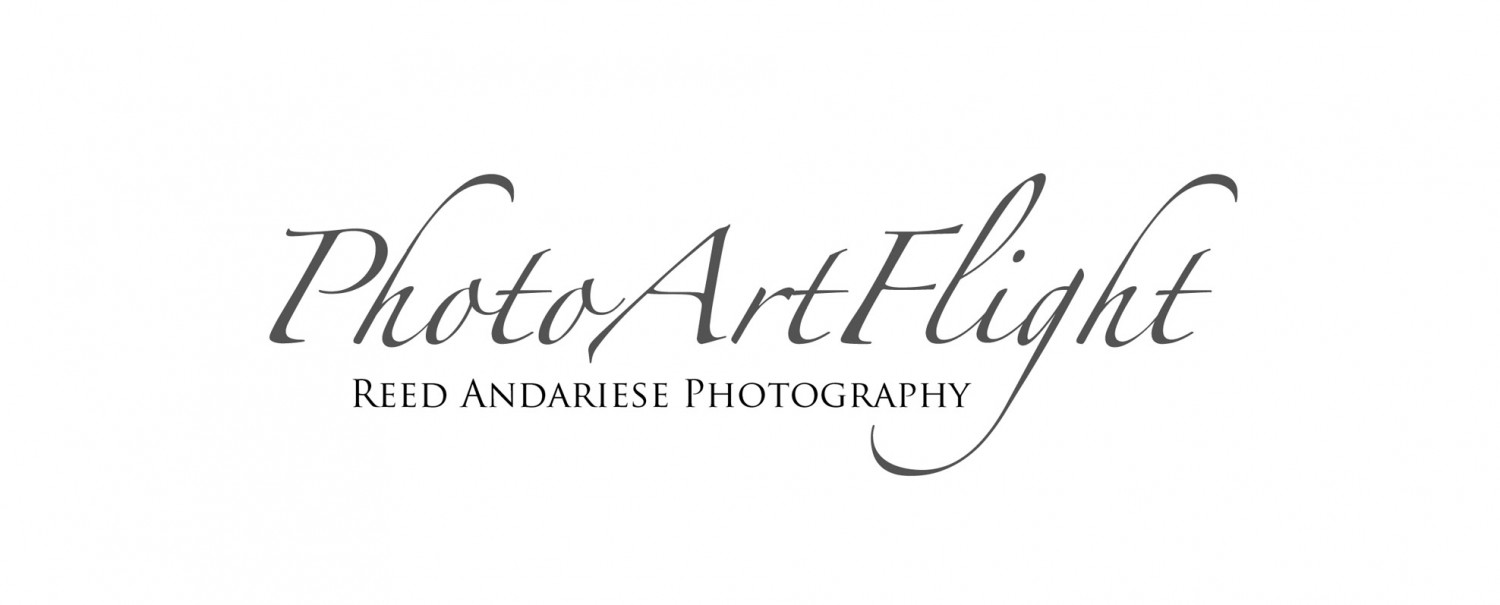Smiling Blue Dasher Dragonfly

For some reason Blue Dasher Dragonflies seem to look like they are smiling when you see them head on, giving an impression of a Happy Dragonfly. This Blue Dasher was out in a pond at a public county park, probably 6 to 8 feet from the shoreline. The featured image is a 4 shot Image Stack, manually focused and assembled in Photoshop. I used a combination of a 400mm lens, an extension tube, then a 1.4x teleconverter to actually enlarge the image on the sensor with the extension tube added. Sometimes I add another extension tube between the teleconverter and the camera body which enlargens the image on the sensor even more. But narrows your focus range even more and you tend to need a fill flash because of loss of light reaching the sensor to get a usable exposure for a subject that is somewhat moving its head or wings or its perch is moving in a breeze. Plus the added extension tubes also takes away light reaching the sensor. Sort of like the “Old” days when you were using a 4×5 or 8×10 view camera when you had the bellows racked out and had to adjust your exposure because of light loss from the distance of the lens and the film plane. By moving teleconverter and extension tubes you can get a variety of focus windows and enlargement of your final image on the sensor.

Blue Dasher 4 img Stack for Blue Dasher, then 4 image pano for the stick the Dasher was on. So 2 techniques used for final image.

Older shot showing similar Setup with one 1.4x teleconverter plus fill flash needed for using two separated extension tubes.

Another extreme setup with 2 extension tubes and 2 teleconverters. This really enlargens the image on the sensor but you need a fill flash or a very high ISO setting and has a very limited focus window.

Dragonfly setup at my old pond
Category: Blog, Davidsons Mill Pond Park, Dragonflies, Favorite Locations, Insects, Skies and Clouds, Slideshow, Studio, Tips & Techniques, Uncategorized Tagged: Blue Dasher, Blue Dasher Dragonfly, Canon Series III 1.4X Teleconverter, Davidsons Mill Pond Park, extension tubes, Image Stacking, panoramas, Stacking Teleconverters, teleconverters
 photoartflight
photoartflight
Great shots Reed, very technical but well explained.
Thank you! It seems to work for me plus a lot of my subjects are out in a marsh or on grasses out in the water. Can not use a normal macro lens so a normal telephoto would have my subject too small on the sensor. So this actually magnifies it on the sensor. The 400mm DO is a lot lighter than a normal 400mm lens so it is not that heavy to lug around. With all the extension tubes and teleconverters I cannot focus to infinity so depending on the distance I adapt with different extension tubes or use 1 teleconverter. Sometimes I also use a fill flash instead of using a high ISO.
Wow, great image and impressive equipment!
Thanks! I have been a commercial photographer for over 45 years so I tend to have different ways or solutions to get photographs of my subjects. Also sort of a challenge to come up with solutions that work for me.
That explains the quality of your work! 🙂
Yikes. That is quite an elaborate set-up that helps you fill the frame and get some really high-quality images. I am not sure that I would want to walk around a lot carrying a rig like that.
You get used to it actually! Depending on how you set it up it lets you get closeups or stacked series of images from a distance. But you have a certain working distance depending on teleconverter and extension tubes used and placement. Also you loose focusing to infinity and loose a lot of light so you have to raise your ISO or use a fill flash. Most of my subjects are out in ponds or grasses in the water, etc. so it is a way to get close without going in the water. A standard telephoto lens without the extension tubes give me a smaller image on the sensor so that is a major reason for the extension tubes. I got the idea from years of shooting with large format 4×5 & 8×10 view cameras.
Superb photos! That’s a very pretty dragon!
Thanks! They are one of my favorite dragonflies! Plus for some reason they seem to be more cooperative for photography! Less skid dish than others.